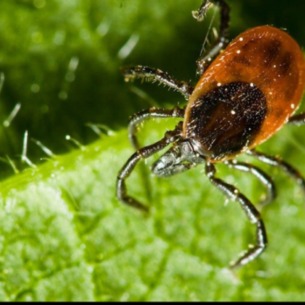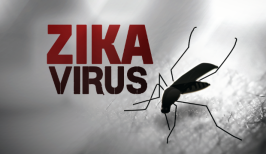 Run Time: 3 minutes
Run Time: 3 minutes
Author: Michael Hunt M.D.
Educational Pearls:
- Frostbite injuries are graded by the severity of tissue depth.
- A Grade 1 injury has no cyanosis of the tissue, and usually just redness is present.
- A Grade 2 injury has acral cyanosis.
- A Grade 3 injury has cyanosis past the mid phalanx of the digits, resulting in a high chance of amputation.
- A Grade 4 injury has cyanosis beyond metacarpal/metatarsal phalangeal joints, and almost certain amputation.
- Treatment for frostbite is gradual rewarming in water of 100-104 degrees fahrenheit. If a patient has injuries to all 4 extremities the entire patient can be placed into a warm bath.
- It is suggested that IV or intra arterial tPA can also be used to improve salvage of the digits because ice crystals form in the tissues when frostbite occurs, and when the patient is rewarmed they can be subjected to clotting.
- The tPA must be started within 24hrs of rewarming – the time that the patient suffered the frostbite injury is not as important.
Link to Podcast: http://medicalminute.madewithopinion.com/frostbite/
References: https://www.ncbi.nlm.nih.gov/pmc/articles/PMC3440898/

 Run Time: 4 minutes
Run Time: 4 minutes Run Time: 2 minutes
Run Time: 2 minutes Run Time: 7 minutes
Run Time: 7 minutes Run Time: 4 minutes
Run Time: 4 minutes Run Time: 4 minutes
Run Time: 4 minutes Run Time: 20 minutes
Run Time: 20 minutes Run Time: 4 minutes
Run Time: 4 minutes e: 3 minutes
e: 3 minutes Run Time: 4 minutes
Run Time: 4 minutes